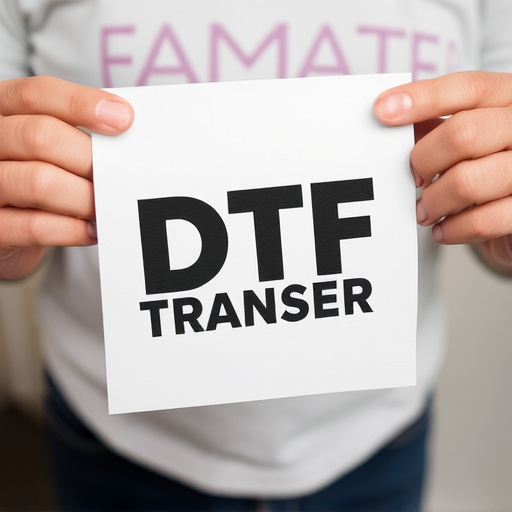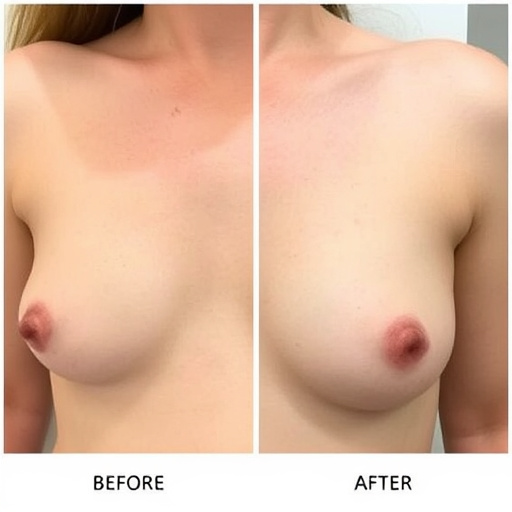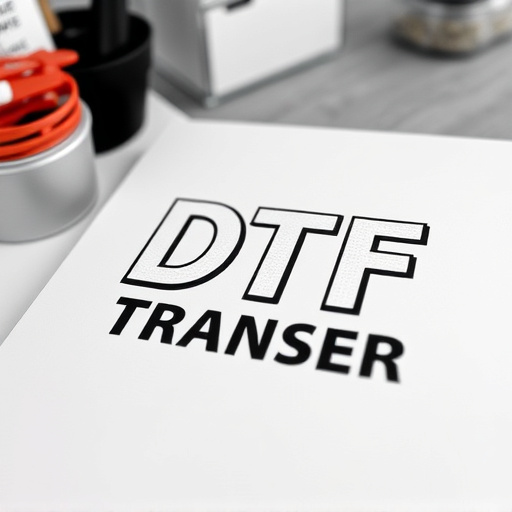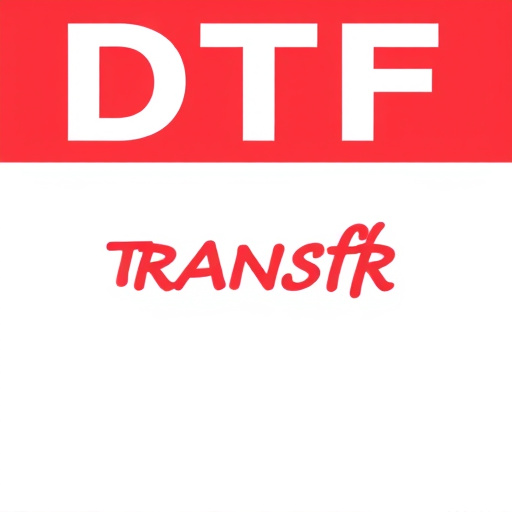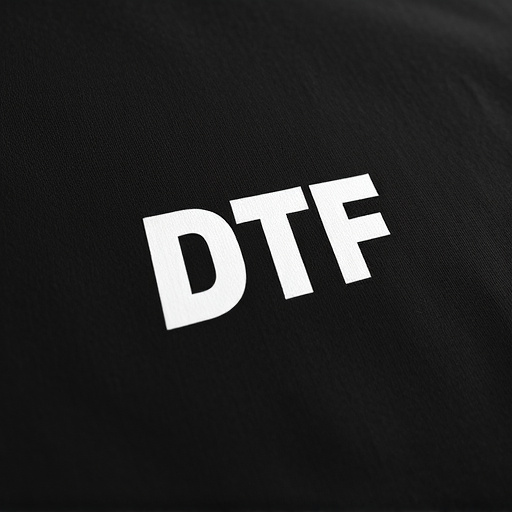Digital Film Transfer (DTF) revolutionizes film-to-digital conversion, offering small businesses efficient and cost-effective high-quality printing solutions. DTF technology eliminates the need for plate-making, reduces waste, and speeds up production times, ideal for short-run projects like promotional items and event signage. Its direct imaging capabilities ensure vibrant prints comparable to traditional methods while preserving cinematic legacy. DTF's versatility, user-friendliness, and cost-effectiveness make it a game-changer for small commercial ventures aiming to compete globally with professional results.
In today’s competitive market, smaller commercial operations are seeking efficient and cost-effective solutions to preserve their legacy film content. Digital Film Transfer (DTF) offers a cutting-edge alternative to traditional methods, providing high-quality digital prints from 35mm and 16mm films. This article delves into the advantages of DTF for small businesses, exploring the process, applications, and budget-friendly options. By understanding DTF’s capabilities, commercial operations can transform their film archives into accessible digital formats, ensuring preservation and opening doors to new creative possibilities.
- Understanding Digital Film Transfer: An Overview
- Advantages of DTF Transfer for Small Commercial Operations
- Choosing the Right DTF Printing Technology
- The Process: From Film to Digital Prints
- Applications and Use Cases for DTF Prints
- Cost-Effective Solutions: Scaling DTF for Smaller Budgets
Understanding Digital Film Transfer: An Overview

Digital Film Transfer (DTF) is a cutting-edge process that revolutionizes the way film is preserved and shared, especially for smaller commercial operations. It involves converting traditional film formats, such as 35mm or 16mm, into digital files, offering a range of benefits. This technology ensures that precious cinematic memories are not only preserved but also easily accessible for future use. With DTF Transfer, businesses can create high-quality DTF Prints, which can be used for various purposes, including archival, redistribution, or even as marketing materials.
The process begins with specialized equipment that reads the film’s emulsion and captures the image data. This data is then converted into a digital format, often utilizing advanced scanning techniques to maintain color accuracy and resolution. Once digitized, these files can be stored securely and shared globally through online platforms, making them readily available for streaming or download services. This modern approach to film transfer ensures smaller operations can access professional-grade results without the need for extensive resources typically associated with large-scale commercial studios.
Advantages of DTF Transfer for Small Commercial Operations
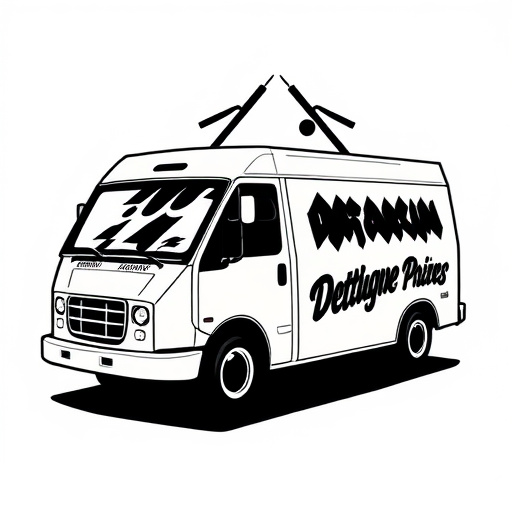
For small commercial operations looking to enhance their print quality and efficiency, DTF (Direct-to-Film) transfer offers a range of significant advantages. This innovative technology streamlines the printing process by enabling direct imaging onto film, eliminating the need for conventional plate-making. As a result, businesses can achieve faster turnaround times and enjoy greater flexibility in handling diverse print jobs.
DTF printing boasts exceptional image quality, delivering vibrant and detailed DTF prints that rival traditional methods. Its versatility allows for the production of various materials, from signage and displays to promotional items and custom merchandise. Moreover, DTF transfer’s cost-effectiveness is a significant draw for smaller operations, as it reduces overhead by minimizing plate costs and waste, making it a practical choice for businesses aiming to maximize their printing budget.
Choosing the Right DTF Printing Technology
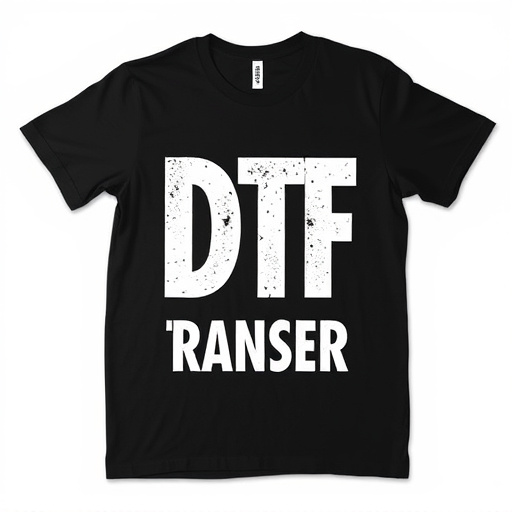
When selecting a DTF (Direct to Film) printing technology for smaller commercial operations, it’s crucial to consider factors like speed, quality, and cost-effectiveness. Different DTF transfer solutions offer varying levels of precision and efficiency in reproducing prints. High-quality DTF printers with advanced features ensure accurate color reproduction and sharp details, which is essential for delivering professional-looking final products.
For smaller businesses, opting for a versatile DTF system that can handle diverse print jobs while maintaining consistency in quality is key. Additionally, user-friendly software integration and manageable ink costs can significantly impact operational efficiency. By choosing the right DTF Printing Technology, smaller commercial operations can scale their production capabilities, meet client demands, and stay competitive in the market without compromising on print quality or profitability.
The Process: From Film to Digital Prints
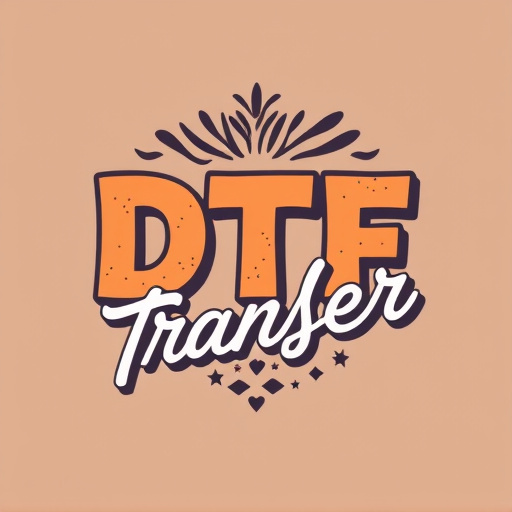
The process of converting film to digital prints, often facilitated through DTF (Direct-to-Film) Transfer, is a meticulous art that smaller commercial operations can now access more easily than ever before. It starts with the careful examination and preparation of the original film, ensuring its integrity and quality. This involves cleaning and repairing any damaged segments, a process known as film restoration, to safeguard the final digital replication.
Once ready, the film is then scanned using advanced equipment, capturing each frame with remarkable precision. These scans are converted into digital formats, allowing for manipulation and enhancement if required. The next step is the DTF Printing process, where high-quality inks are used to reproduce the film frames onto various media, such as canvas or traditional paper. This technology ensures that every detail from the original film is preserved, resulting in vivid, accurate prints that pay homage to the cinematic legacy.
Applications and Use Cases for DTF Prints

Direct-to-film (DTF) transfer and printing technologies have found their niche in smaller commercial operations, offering efficient and cost-effective solutions for various applications. DTF prints are particularly useful in environments where quick turnaround times and high-quality output are essential. From small businesses to specialized studios, these prints can serve multiple purposes.
One of the primary use cases is in short-run or custom printing projects, such as personalized merchandise, promotional items, and pop-up event signage. DTF allows for on-demand production, enabling businesses to cater to unique customer requests swiftly. Additionally, it is ideal for small-scale packaging, ensuring brand consistency with precise color reproduction. This technology also sees application in photo printing services, where customers can enjoy fast and accurate prints of their cherished memories, making it a valuable asset for local photo studios and mini-labs.
Cost-Effective Solutions: Scaling DTF for Smaller Budgets
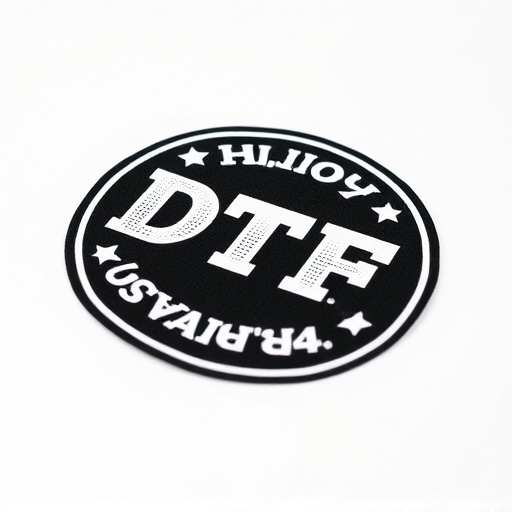
For smaller commercial operations looking to enhance their film transfer capabilities, embracing Digital Thermal Transfer (DTF) technology offers a cost-effective solution. DTF printing eliminates the need for expensive machinery and chemical baths typically associated with traditional film-to-film transfers, making it an appealing option for budget-constrained businesses. This innovative process allows for high-quality prints directly from film negatives, streamlining the entire transfer process.
By adopting DTF transfer methods, smaller operations can achieve remarkable results without breaking the bank. The cost-efficiency of DTF printing is particularly beneficial for businesses that require occasional film transfers, enabling them to invest in a versatile and accessible solution without significant upfront costs. This accessibility opens doors for smaller commercial entities to compete with larger productions, ensuring they too can benefit from the art of preserving cinematic history through pristine DTF prints.



